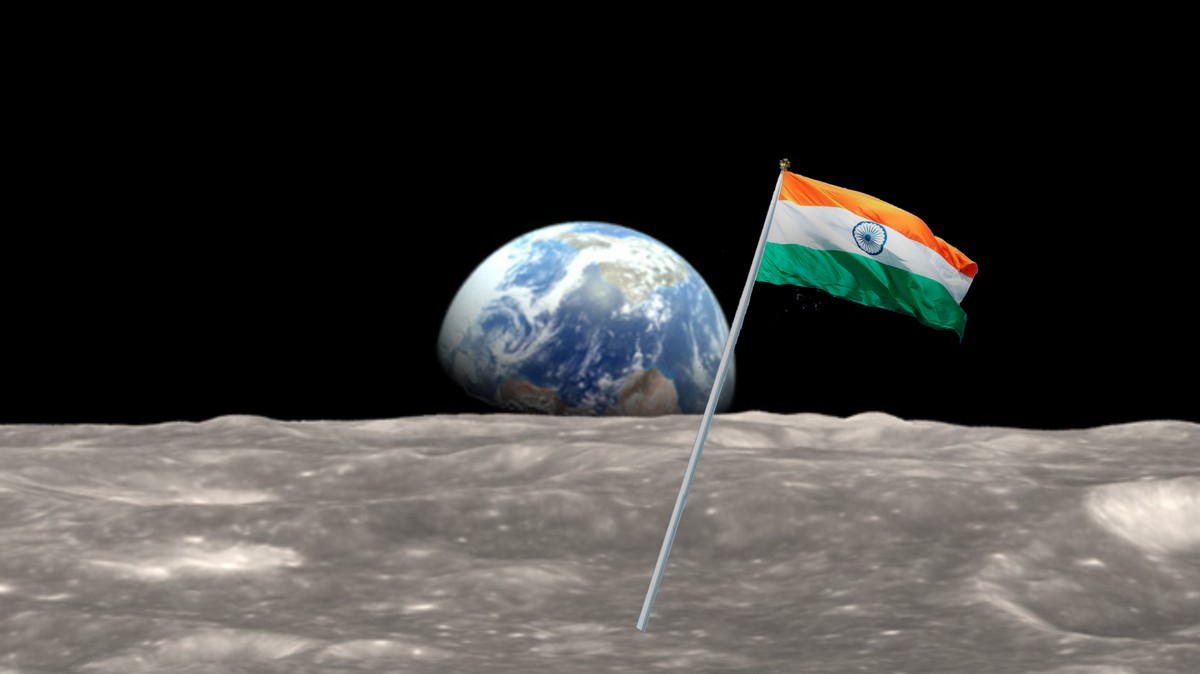India Is Launching a Rover to the Moon to Look for Nuclear Fusion Fuel

On Monday, the Indian Space Research Organization (ISRO) announced the Chandrayaan-2 mission, which will send a rover to the south-side of the moon later this year. It will be India’s second lunar mission and the first time any country has visited the moon’s south side. The ISRO’s six-wheeled rover will analyze the lunar crust for traces of water and helium-3, an isotope that is integral to developing fusion energy on Earth.
The running joke among nuclear physicists is that fusion energy is always 30 years away, but when it gets here, India wants to be the one providing the fuel. Nuclear fusion is the same process that powers the sun and involves smashing hydrogen atoms together to produce helium, which releases a ton of energy in the process. If this fusion energy can be captured, it would effectively be a source of unlimited energy on Earth.
Unfortunately, building a nuclear fusion reactor, aka a “star in a jar,” has proven to be incredibly difficult. Today, most fusion reactors use a mix of hydrogen isotopes called deuterium and tritium as nuclear fuel. Although the techniques for instigating fusion differ, one of the more successful approaches involves a deuterium/tritium fuel cell that is hit with a high dose of concentrated energy.
This causes the fuel cell to turn into a plasma that is compressed with magnetic fields (or liquid metal) to cause nuclei to fuse and release a bunch of energy. So far, no lab has been able to extract more energy from this reaction than it took to make it happen in the first place, which is required to create a scalable fusion energy power plant.
Source: vice.com